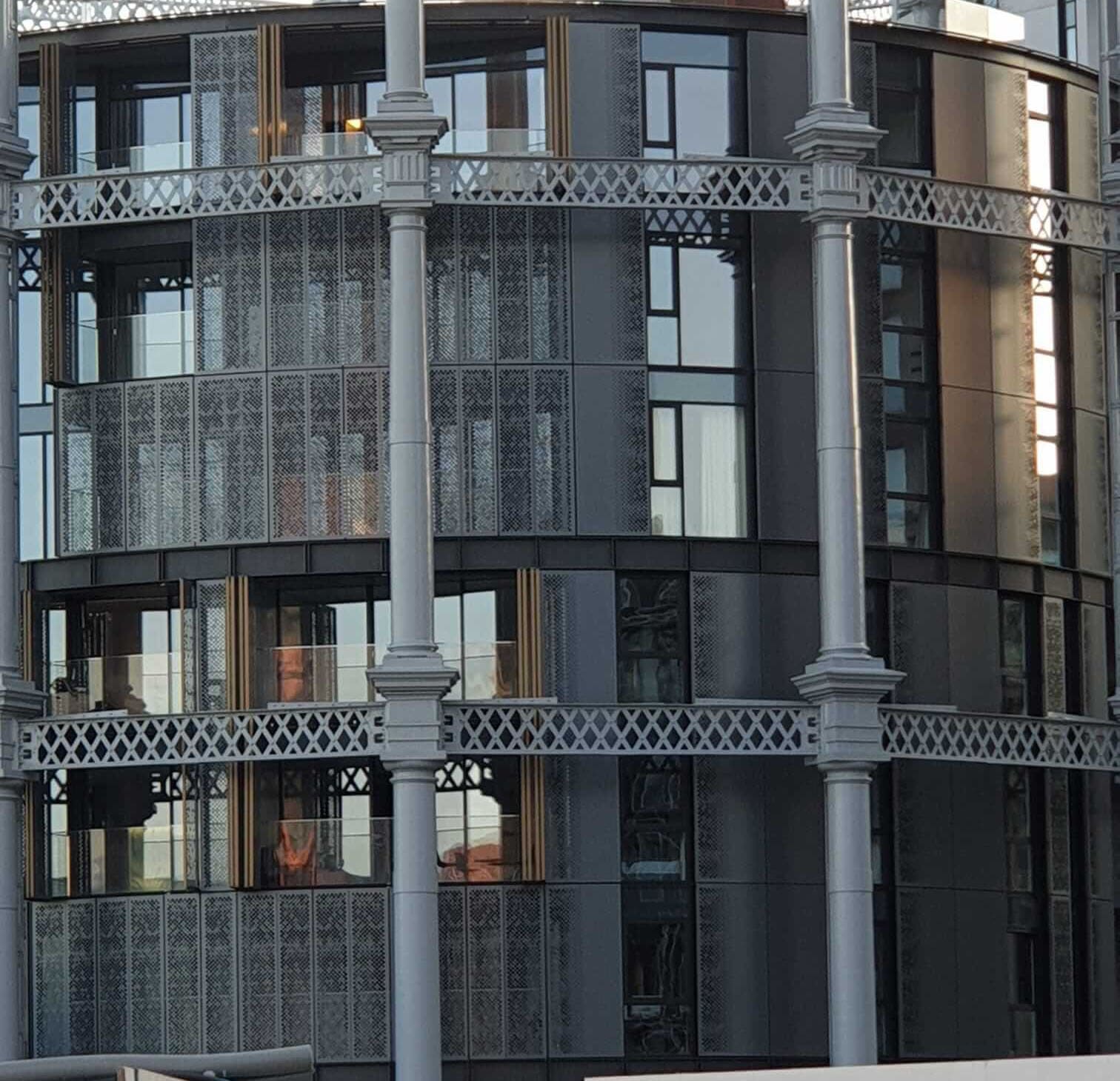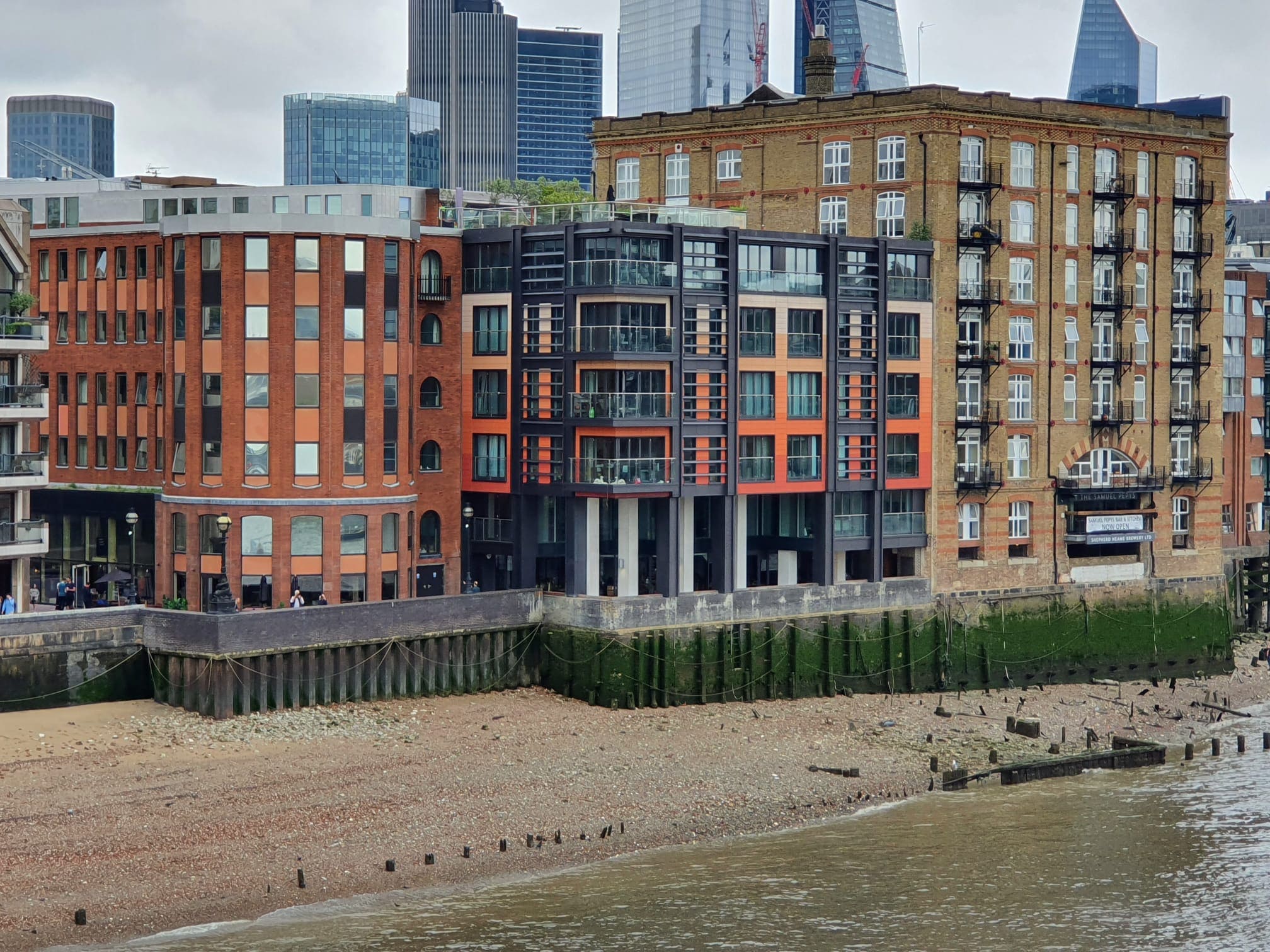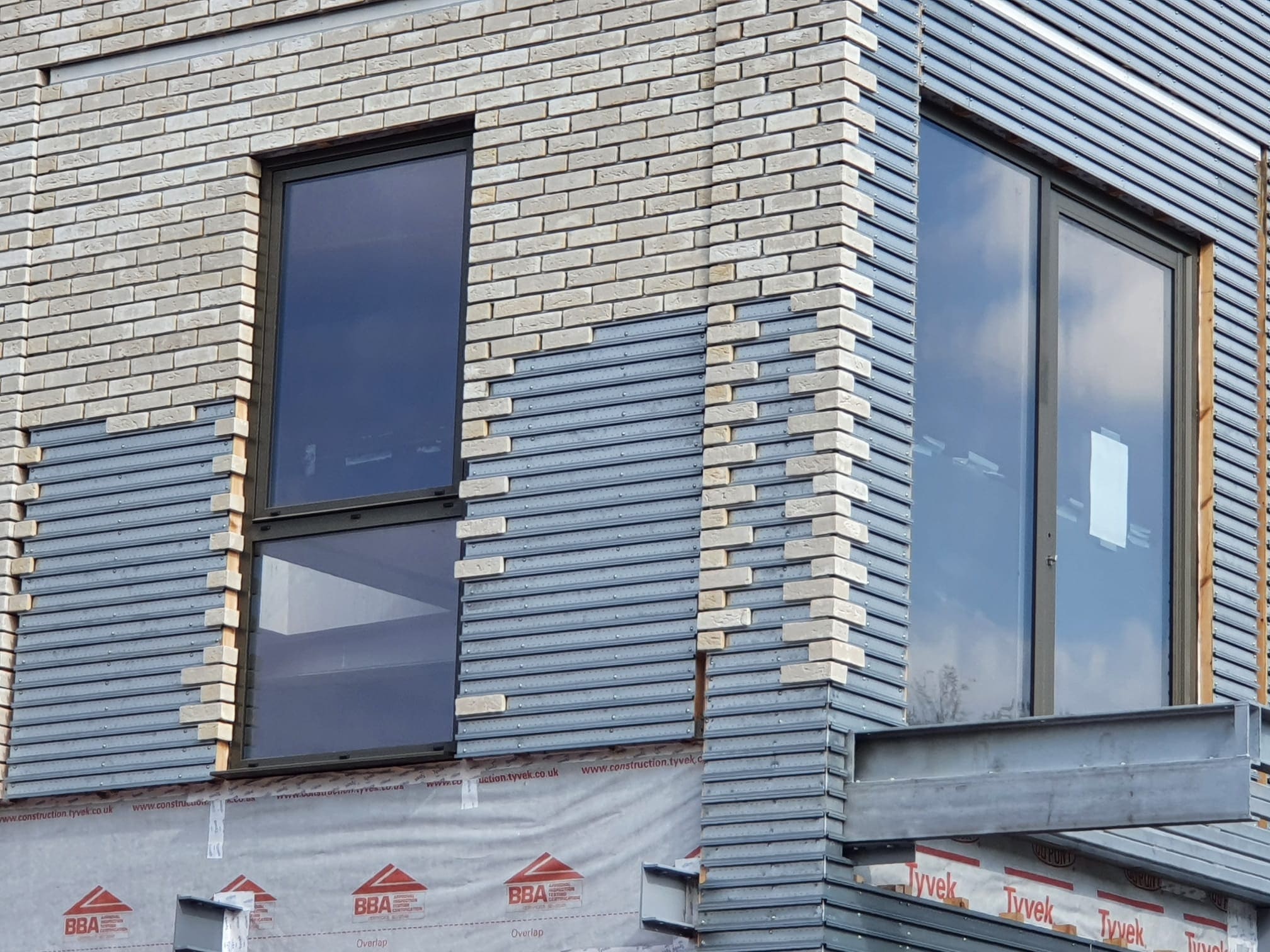 Mary-Anne Bowring 17/02/2025
Mary-Anne Bowring 17/02/2025
 174
174
 5
5
A Landmark Victory: Leaseholders Secure Right to Manage
Chelsea Bridge Wharf’s leaseholders have made history by winning the Right to Manage (RTM) the £1 billion riverside complex, home to the Berkeley Group’s headquarters. This triumph shifts control from traditional freeholders to residents, aligning with ongoing UK leasehold reforms. The decision signals a pivotal moment for leaseholder empowerment, particularly at high-value sites where financial stakes have long been skewed toward developers and head lessees.
Key Players: Berkeley Group’s Neutrality & Fairhold Artemis’ Surprising Silence
While the Berkeley Group—renowned for its property development clout—initially raised technical objections (e.g., site self-containment, leaseholder eligibility), it ultimately withdrew resistance, adopting a passive stance. Fairhold Artemis, linked to Vincent Tchenguiz and known for contesting RTM claims, also refrained from robust opposition. Their unexpected neutrality underscores a potential industry shift, as developers may increasingly avoid protracted legal battles over resident-led management.
UK’s Largest RTM Site: What Makes Chelsea Bridge Wharf Unique?
With 967 flats, Chelsea Bridge Wharf now holds the title of the UK’s largest RTM site, surpassing Cardiff’s Century Wharf. This milestone highlights the scalability of RTM applications, even in complex, multi-building developments. The site’s structural interconnectedness (validated by planetrent.co.uk/blog/could-a-tax-tribunal-ruling-mean-btl-investors-avoid-3-stamp-duty-surcharge'>tribunal inspections) and mixed-use components set a benchmark for future claims, proving large, high-value estates are not immune to resident-led governance.
Overcoming Legal Hurdles: Structural Evidence & Tribunal Precedents
Berkeley’s objections hinged on claims of separate buildings and excessive non-residential space. The RTM company countered with engineer James Ham’s report, proving structural links between all ten buildings. planetrent.co.uk/blog/could-a-tax-tribunal-ruling-mean-btl-investors-avoid-3-stamp-duty-surcharge'>Tribunal judges referenced precedents like Albion Riverside and Deans Gate, ultimately ruling in favour of unity. This case clarifies how leaseholders can challenge “separate building” claims—a common freeholder tactic—through expert testimony and on-site verification.
The Driving Force: Residents, Urang, & Leasehold Advocacy
The victory was fuelled by a determined residents’ association, which partnered with Urang Property Management—a firm specializing in complex RTM applications. Paul Cleaver, Urang’s founder, and the Leasehold Knowledge Partnership (LKP) provided critical guidance, showcasing the power of collaboration between residents and experts. Previous management shifts (from FirstPort to Rendall and Rittner) laid the groundwork, but only RTM ensured true accountability to leaseholders.
Ripple Effects: How This Case Reshapes UK Leasehold Law
The ruling sets a precedent for large, mixed-use sites, proving RTM eligibility even where freeholders contest structural unity. As government reforms advance, this case empowers leaseholders nationwide to pursue management control, particularly in premium developments. Developers and freeholders may face growing pressure to cede authority or negotiate transparently, signaling a transformative era in UK leasehold dynamics.
Conclusion
Chelsea Bridge Wharf’s RTM success is more than a local win—it’s a blueprint for leaseholder rights. By uniting residents, legal expertise, and structural evidence, this case paves the way for a fairer, more equitable property landscape. As reforms gain momentum, expect more high-profile sites to follow suit.





Meet our Expert Property Commentators



























